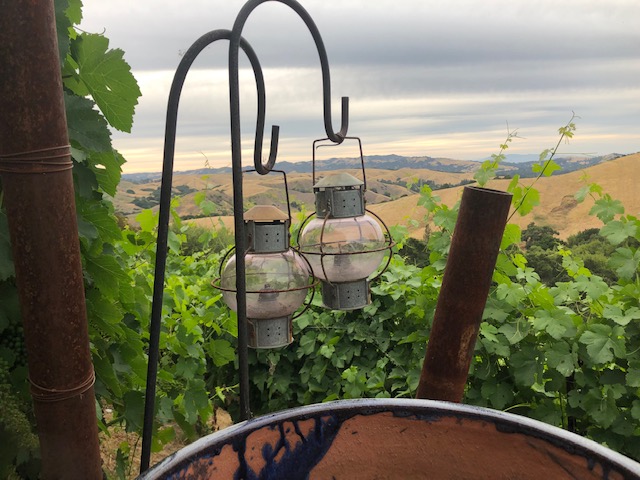Fellow Growers,
Happy Summer!!
Captain Vineyard July 2018
if you are out and about your vineyard the activities that you would expect at this time of the summer are:
1- Check your water system for faults and breaks
2- Sucker, tuck, hedge your vines for accessibility and visual appearance
3- leaf thinning, north side of the canopy, to expose the clusters to air & sun
4- Take a stroll between your vines and assess your 2018 quality and quantities of grape
5- Proper integrated pest management, is for sure, a must in the Lamorinda Area
6- Make sure you have a home for your 2018 crop, if you are doing any trade, please consider the attached document between grower & winemaker
If you have any questions please contact: susan@captainvineyards.com
Cheers!!
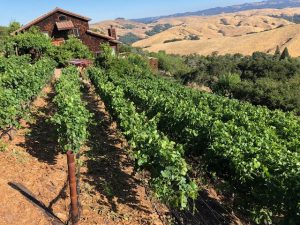
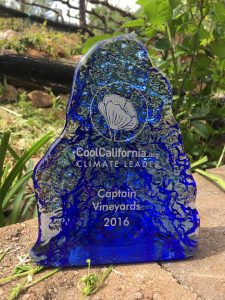


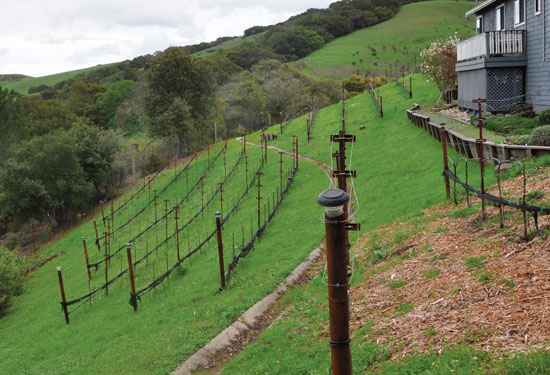
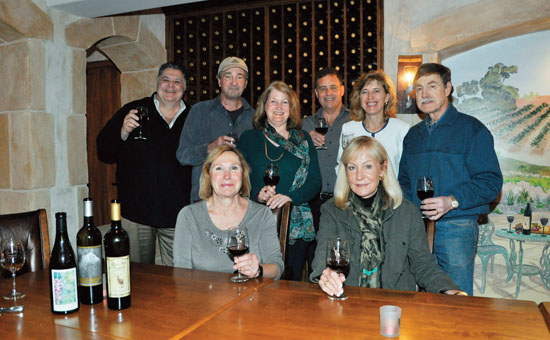
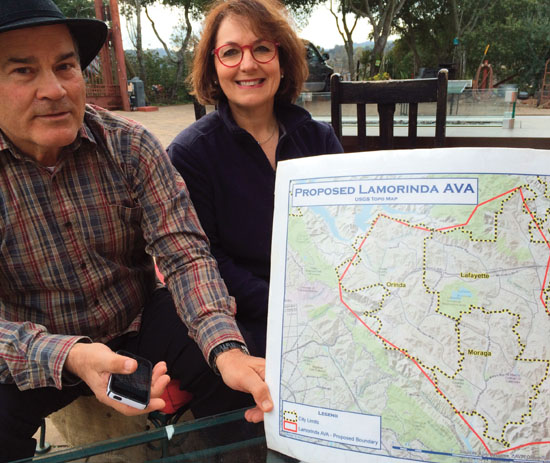
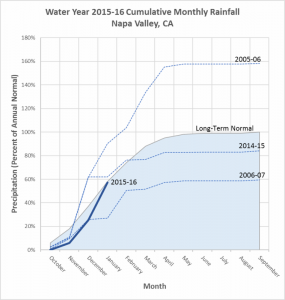
 Celebrating the Lamorinda Appellation Aniversary
Celebrating the Lamorinda Appellation Aniversary